|
By Amanda Marasco March 26, 2018 Easter EggsWelcome to the Easter edition of Mad About Science's weekly newsletter! We have some truly ‘egg-cellent’ science coming your way this week; from the desperate dash of female crabs to safely hatch their eggs, to how to turn an ordinary egg into a rubbery, bouncy ball. Meet Mad About Science team member Lucie and our latest competition winner! And finally – in case you needed a reason – we discover that that eating chocolate can have health benefits! Hooray! Let’s get stuck in!
|
|
|
Spring rains in southern Cuba mark the beginning of one of nature’s mass migrations: millions of yellow, black and red female land crabs, skitter-scattering across roads and beaches to deposit their fertilized eggs in the waters of the Bay of Pigs. Mating occurs in burrows in a nearby swamp, however, once the eggs are fertilized they must hatch in the sea. Having deposited their precious cargo, the mother crabs turn around and head for home, risking being snapped up or squashed by local Cuban crocodiles, black hawks, or locals of the human variety driving along the same road. Despite all these threats (and the threat of the newly-hatched baby crabs being eaten by fish lurking in the shallows) the crab population is still healthy. Indeed, the biggest threat to their survival is habitat destruction due to human development. |
|
|
Make a Rubber Egg!
We Make a ‘Rubber’ Egg! Try making a rubbery, bouncy egg over the Easter break. All you need to do is hard boil an egg, and soak it in vinegar (shell and all) for a couple of days. |
We have a competition winner!
Congratulations to Owen Wilson from Oran Park in NSW! Owen correctly stated that 71% of the Earth’s surface is covered in water. Owen, a terrific prize pack of a salt water spider bot, a pack of growing beads (just add water and watch them grow) and a pack of super water absorber (otherwise known as ‘nappy powder’ or ‘fake snow’) is on its way to you. Remember that our ‘Spider fun fact’ competition is still running – entries close Thursday 29th March.
|
|
|
|
|
Workshop of the Week: Kitchen Chemistry If all this talk of eggas has got you feeling hungry, check out our ‘Kitchen Chemistry’ workshop – a fun food workshop challenging you to think about everyday food in a whole new way. Experiment with a variety of food-related chemicals, and you even get to take home a bag of sweet, tongue tingling sherbet! This workshop is suitable for Foundation to Level 2 students, and is available in a 60 or 90 minute format. We recommend a 90 minute format if budget and timetabling constraints allow. Each workshop can cater to a maximum of 30 children. However, smaller groups have better access to equipment and the facilitator. |
|
|
Good news for chocolate lovers!
There is no better excuse than Easter to indulge in everyone's favourite treat - chocolate. And to make that chocolate egg even sweeter, there is a growing body of scientific research to support the health benefits of eating chocolate, in moderation. From improving blood flow around the body by dilating (or widening) arteries to protecting DNA from damage.
|
Egg Power!
Try this simple experiment to find out why the arch shape is used as a weight-bearing feature in structures such as bridges: Carefully cut or crack two eggs in halves. Clean out the insides (this is easier if you boil the eggs first). Ensure that the edges of the cut are smooth and not jagged. You can wrap a little tape over the edge to help with this. Place the 4 halves down on a table to mark out the four corners of a rectangle. Carefully place one book or magazine on top of the four egg halves so that they support the weight. Keep stacking on top until an egg half collapses. Use a kitchen scales to find the total weight supported by the egg halves. You might be surprised at how much it is! |
|
‘All you need is love. But a little chocolate now and then doesn’t hurt.’ Charles M Schulz |
|
|
See our ‘Eggy’ products from the Mad About Science Shop
|
|
|
Go on a different kind of egg hunt at Thunderbird Park Beautiful thundereggs are round, nodule-like rocks with a surprise in the centre - they are full of gorgeous crystals. Thunderbird Park, at Queensland's Tambourine Mountain, boasts the worlds largest thunderegg mine. You can fossick for a thunderegg of your own in prehistoric volcanic lava. |
|
|
Meet MAS team member Lucie! Did you know that Mad About Science is available to present science shows at kids birthday parties? Our team member Lucy loves to present at parties. Lucy grew up on the Gold Coast, then moved to Canberra to attend the Australian National University at 18. Lucie has a Bachelor of Science/ Bachelor of Arts in Astrophysics, Philosophy and Biological Anthropology. She worked on several research projects at university, including the SkyMapper telescope. In addition to working for Mad About Science, Lucie is very interested in food sciences. In a former job she developed a new dairy product for a business. Lucie says, ‘My favourite part about working for Mad About Science is igniting curiosity in kid's minds. I hope this stays with them after I leave! I love facilitating parties because the less structured atmosphere means we can focus on questions that excite the kids! My advice to students studying science is advice given to me by a professor at university: Follow your curiosity wherever it leads you and you will have a fascinating life!’ |
|
Menu
Search
Cart
Search

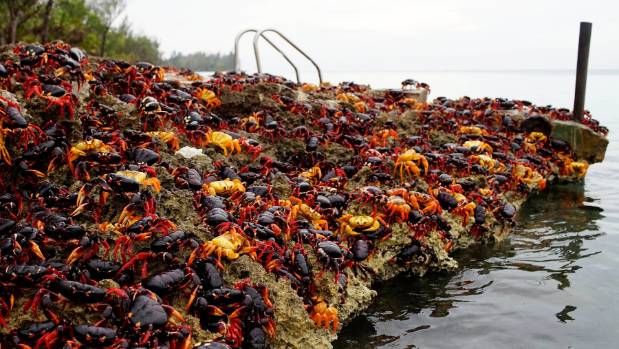
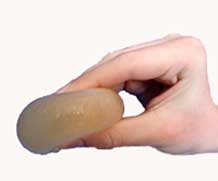


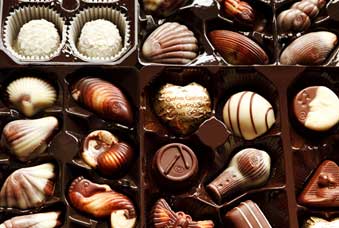
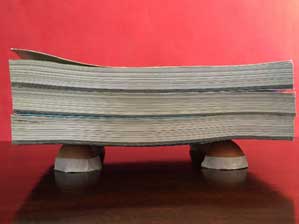
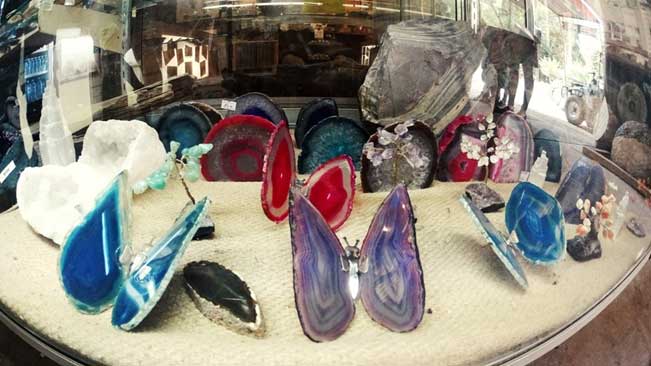
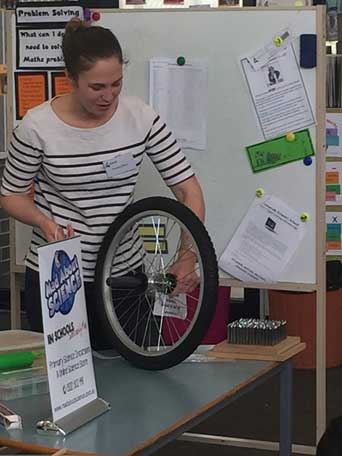
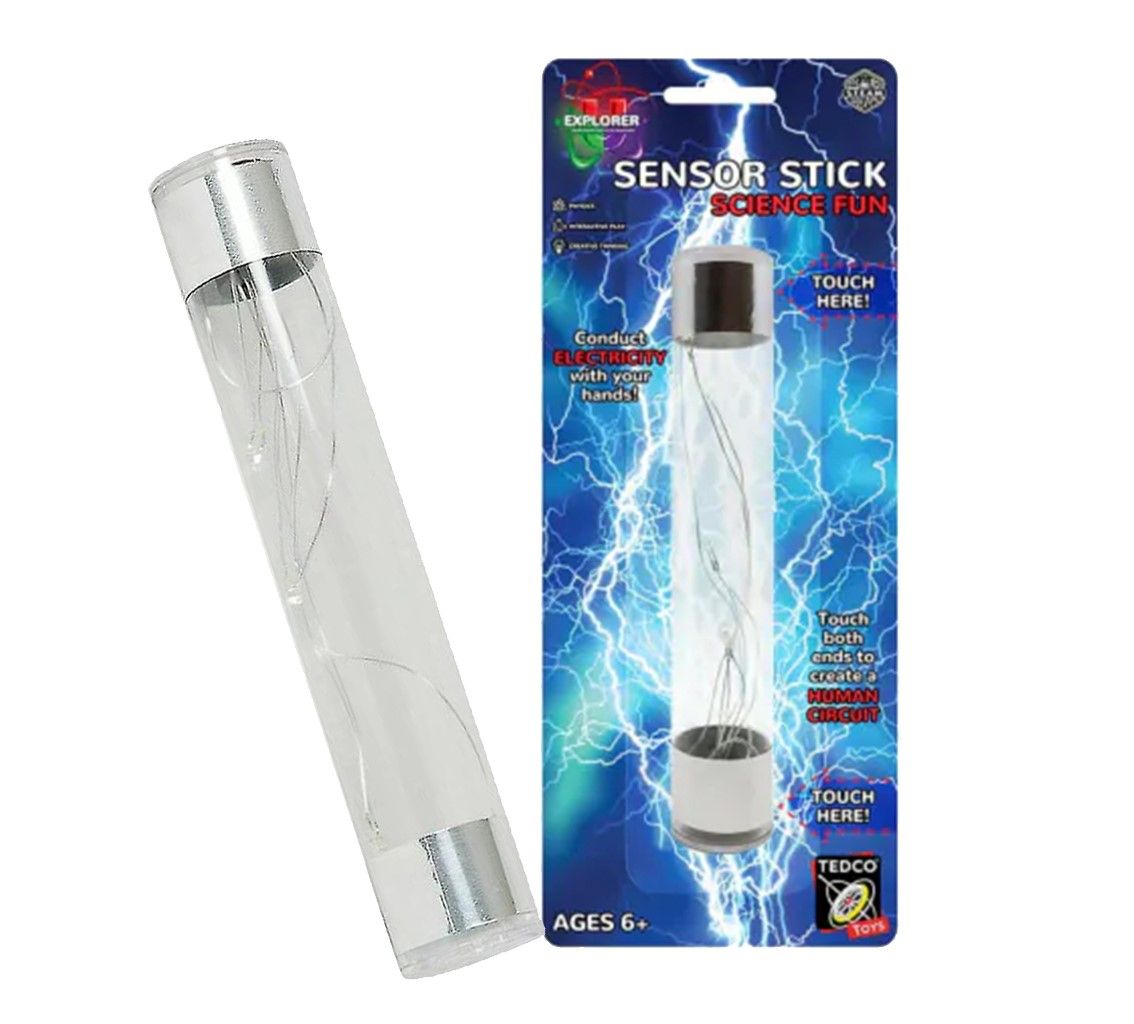


 magento3
magento3